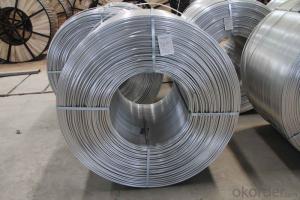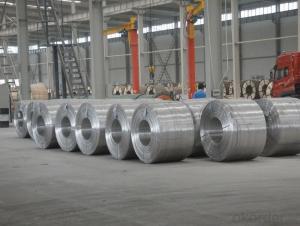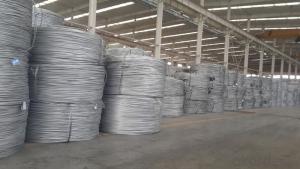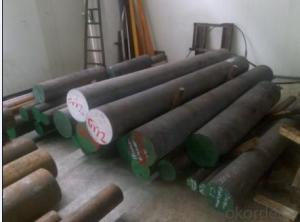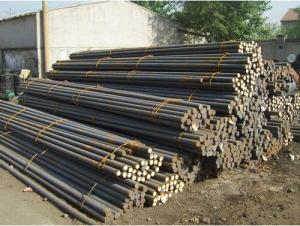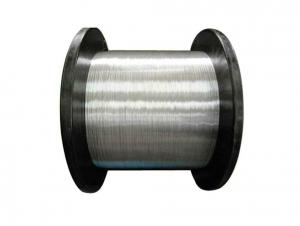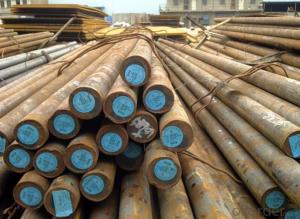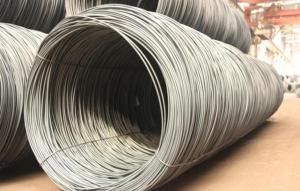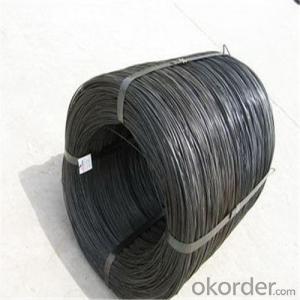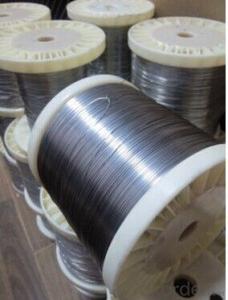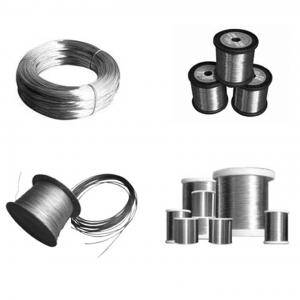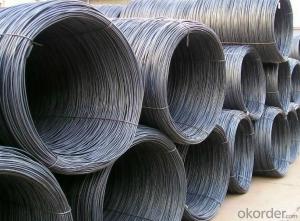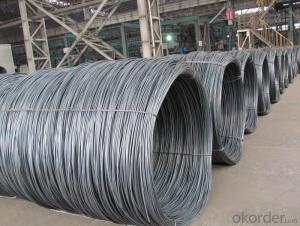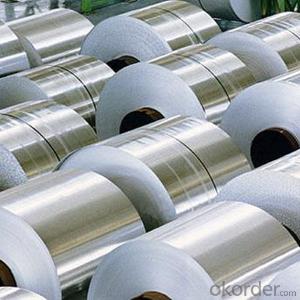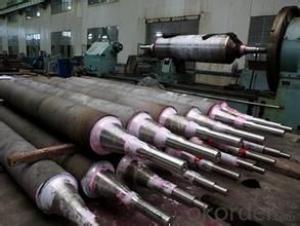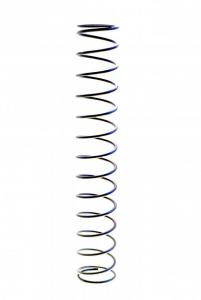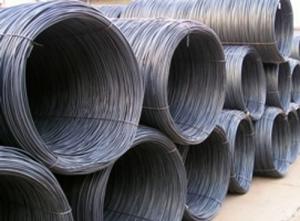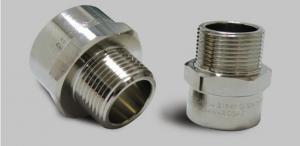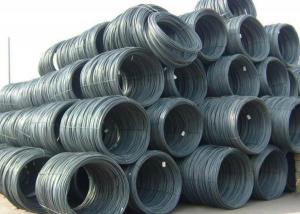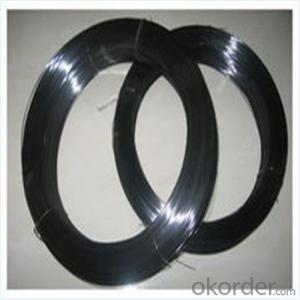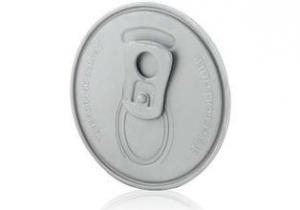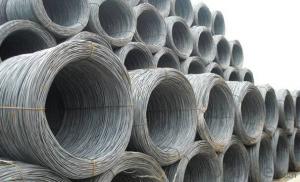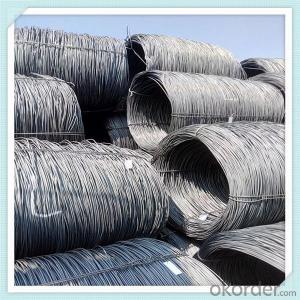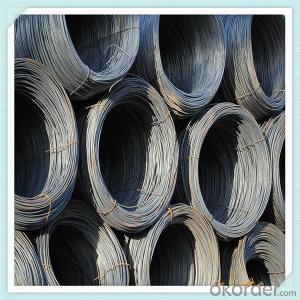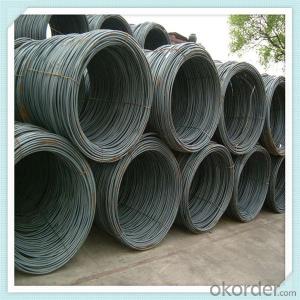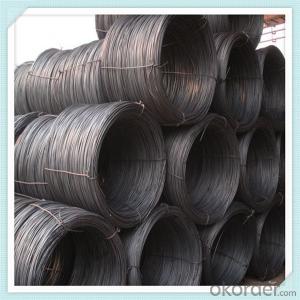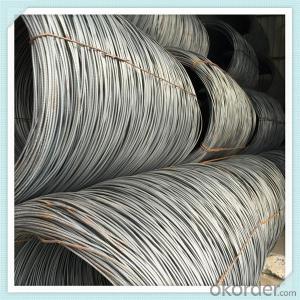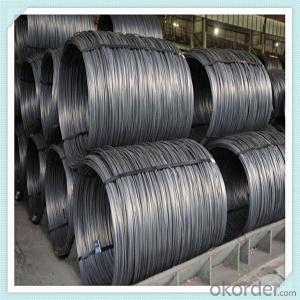Nickel Rod Stock
Nickel Rod Stock Related Searches
Stock Symbol For Alcoa Aluminum Aluminum Sheet With Holes 9mm Aluminum Ammo In Stock Aluminum Pipe Stock 1/2 X 3/4 Aluminum Bar Stock Wood Grain Aluminum Coil Stock White Aluminum Coil Stock 1 4 Inch Aluminum Bar Stock 3/4 X 3/8 Aluminum Bar Stock 1 Inch Aluminum Bar StockHot Searches
Stock Price For Aluminum Aluminum Coil Stock For Sale Aluminum Bar Stock For Sale Aluminum Round Stock For Sale Aluminum Square Stock For Sale Aluminum Flat Stock For Sale Billet Aluminum Stock For Sale Aluminum Stock Tanks For Sale Aluminum Stock For Sale Near Me Aluminum Stock For Sale Aluminum Corp Of China Stock Price Of Aluminum Stock Aluminum 80 Lower In Stock China Aluminum Stock 6061 Aluminum Bar Stock Price Aluminum Bar Stock Price Aluminum Price Stock Market Aluminum Stock Market Price Stock Market Aluminum Price Aluminum Stock Price Per PoundNickel Rod Stock Supplier & Manufacturer from China
Okorder.com is a professional Nickel Rod Stock supplier & manufacturer, offers integrated one-stop services including real-time quoting and online cargo tracking. We are funded by CNBM Group, a Fortune 500 enterprise and the largest Nickel Rod Stock firm in China.Hot Products
FAQ
- Steel wire rod is used in the manufacturing of wire forms for fire protection systems as it provides strength, durability, and resistance to high temperatures. The steel wire rod is shaped and bent into various forms such as brackets, hooks, and supports, which are essential components of fire protection systems. These wire forms are then used to secure sprinkler heads, pipes, and other fire suppression equipment, ensuring their proper installation and functionality. Moreover, the steel wire rod allows for easy customization to meet specific design requirements, making it a crucial material in the manufacturing process of wire forms for fire protection systems.
- Assessing the wear resistance of steel wire rod can be done using various methods. One commonly used approach involves conducting the pin-on-disk test. In this test, a steel pin is pressed against a rotating disk made of a different material. The amount of wear experienced by the steel pin is then determined by measuring the weight loss or volume loss after a certain number of rotations. Another method, known as the abrasion test, entails rubbing the steel wire rod against a rough surface and measuring the resulting wear. Furthermore, evaluating the wear resistance of the steel wire rod can also be achieved by subjecting it to realistic conditions, such as within a machine or equipment, and observing its performance over time. These methods serve to gauge the steel wire rod's ability to endure wear and offer invaluable insights for the development and enhancement of products.
- The common surface treatments for steel wire rod include galvanizing, phosphating, powder coating, and painting.
- There are several different types of steel wire rod surface defects that can occur after wire drawing. Some common examples include scratches, pits, scale, cracks, and uneven surfaces. These defects can affect the quality and performance of the wire, so it is important to identify and address them in order to ensure the desired product quality.
- The tensile strength of steel wire rod can vary depending on its diameter. Generally, as the diameter of the wire rod increases, its tensile strength also tends to increase. This is because a larger diameter allows for more surface area, which helps the material resist deformation when under tension. In addition, a larger diameter wire rod usually contains more material, making the overall structure stronger. However, it is important to note that the relationship between diameter and tensile strength is not always straightforward. There comes a point where increasing the diameter of the wire rod may not have a significant impact on its tensile strength. This is because factors like the steel's grade, microstructure, and any treatments or heatings it undergoes can also affect its strength. Furthermore, factors other than diameter can influence the tensile strength of steel wire rod. These factors include the manufacturing process, as well as any subsequent treatments, such as drawing processes, heat treatments, and the presence of alloying elements. Therefore, when considering the tensile strength of steel wire rod with different diameters, it is crucial to consider all these factors in order to accurately determine the relationship between diameter and tensile strength.
- Steel wire rod is an essential component in the manufacturing of suspension cables for bridges due to its high strength and durability. Suspension cables are responsible for supporting the weight of the bridge deck and transferring the load to the bridge towers or anchorages. In the manufacturing process, steel wire rods are first subjected to a series of heat treatments to enhance their mechanical properties. This includes processes like annealing, which softens the steel and makes it more malleable, and quenching and tempering, which increases its strength and toughness. These treatments ensure that the wire rods can withstand the high tension and stress that suspension cables are exposed to. Once the wire rods are properly treated, they are further processed into wire strands by twisting several wire rods together. These wire strands are then tightly wrapped around a central core, forming the main body of the suspension cables. The number of wire strands and their arrangement may vary depending on the design and load requirements of the bridge. The use of steel wire rod in suspension cables offers numerous advantages. Its high tensile strength allows the cables to resist the substantial forces exerted on the bridge, such as the weight of the deck, live loads, wind loads, and seismic forces. The durability of steel wire rod ensures that the suspension cables can last for decades without significant degradation, providing long-term structural integrity to the bridge. Moreover, steel wire rod is highly resistant to corrosion, making it suitable for outdoor applications, even in harsh environments. This corrosion resistance is crucial for suspension cables, as they are constantly exposed to environmental factors such as moisture, humidity, and temperature fluctuations. By using steel wire rod, the risk of deterioration and failure due to corrosion is significantly reduced, ensuring the safety and longevity of the bridge. In conclusion, steel wire rod plays a vital role in the manufacturing of suspension cables for bridges. Its strength, durability, and corrosion resistance make it an ideal material for withstanding the high tension and stress exerted on the cables. By using steel wire rod, suspension cables can provide the necessary support to bridges, ensuring their structural integrity and safety for years to come.
- There are several different types of wire mesh for architectural use that are made from steel wire rod. These include: 1. Welded Wire Mesh: This type of wire mesh is created by welding the intersecting points of steel wire rods, resulting in a grid-like pattern. It is commonly used for fencing, partitions, and reinforcement applications. 2. Woven Wire Mesh: Woven wire mesh is produced by interweaving steel wire rods in an over-and-under pattern. It is known for its strength and durability and is often used for architectural screening, decorative panels, and infill panels. 3. Expanded Metal Mesh: Expanded metal mesh is made by cutting and stretching a sheet of steel wire rod, creating diamond-shaped openings. It is lightweight and provides excellent ventilation and visibility, making it suitable for architectural facades, sunscreens, and walkways. 4. Perforated Metal Mesh: Perforated metal mesh is produced by punching holes into a sheet of steel wire rod. It offers various hole patterns and sizes, allowing for customization and versatility. This type of wire mesh is commonly used for architectural cladding, acoustic panels, and decorative screens. 5. Architectural Mesh: Architectural mesh refers to a range of wire mesh products specifically designed for architectural applications. It can be manufactured using various techniques such as weaving, welding, and expanded metal processes. Architectural mesh is often used for building facades, sunscreens, balustrades, and interior design elements. All of these types of wire mesh for architectural use made from steel wire rod offer unique characteristics and can be customized to suit specific design requirements. They provide strength, durability, and versatility, making them suitable for a wide range of architectural applications.
- Some of the different surface defects that can affect the fatigue life of steel wire rod include scratches, pits, cracks, and local surface deformations. These defects can act as stress concentration points, leading to the initiation and propagation of fatigue cracks, thereby reducing the overall fatigue life of the wire rod.

